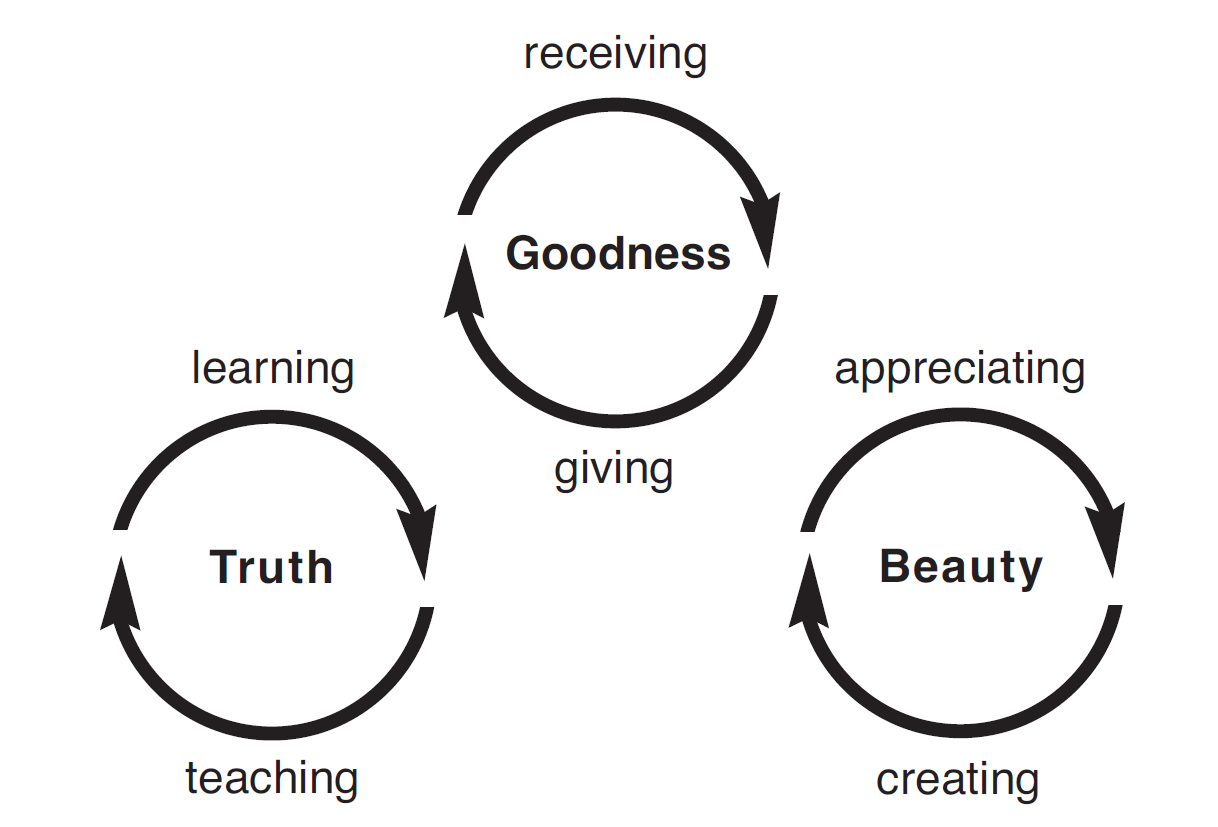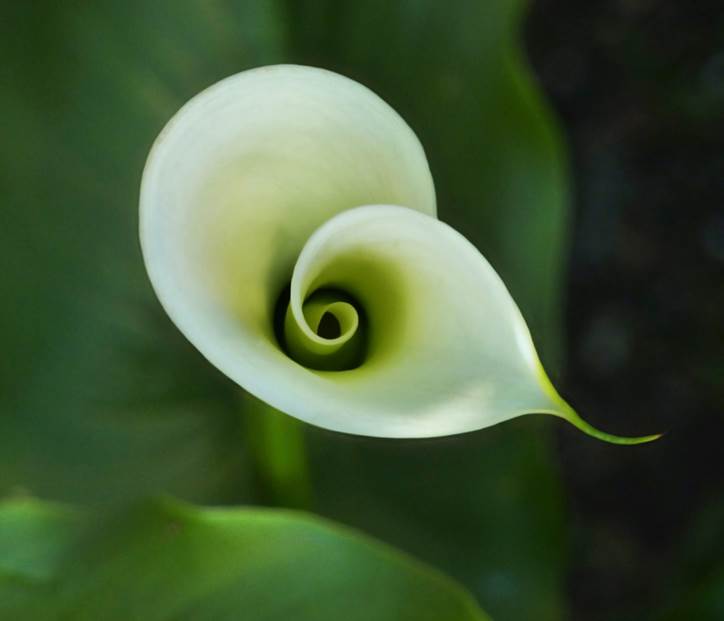The importance of spiritual practice is a cornerstone of progressive spiritual culture. And within this culture, many forms of spiritual practice are recognized and honored. But the most popular forms are undoubtedly meditation and yoga. While these practices can be undertaken for a variety of reasons, spiritual experience itself is usually the primary benefit sought.
Meditation and yoga do indeed deliver abundant spiritual experience, but recently a fresh approach to spiritual practice has been emerging from within progressive spiritual culture. This new spiritual understanding, known as “evolutionary spirituality,” certainly includes and emphasizes meditation and yoga, yet it also supplements these practices by expanding our capacity have spiritual experience more abundantly and use it more effectively to improve ourselves and the world around us. Evolutionary spirituality does this by showing how working to “perfect the universe” of nature, culture, and self, is a spiritual practice in its own right.
Evolutionary spirituality could also be called “beauty, truth, and goodness spirituality” because these most intrinsic values are its primary focus. And this new form of spirituality can put us in closer touch with the essential spiritual experience that can be found within these qualities. However, increasing our access to the spiritual experience of the beautiful, the true, and the good involves more than simply “receiving an experience.” To experience spirit in its fullness, we also have to express or share our experiences and thus reproduce them in the minds and hearts of our fellows. Ideally, we need to “take in” the inspiration afforded by spiritual experiences and also “give out” the energy of these experiences creatively in our work.
This process of “metabolizing the energy” of spiritual experience is clarified through evolutionary spirituality’s enlarged understanding of what the experience of spirit actually is and how it works. As we come to better understand the nature and behavior of beauty, truth, and goodness, we see how these values are literally forms of spiritual energy that manifest through a circuit, like electrical energy. Simply put, getting the most out of these intrinsic values requires both the experience and the creation of these qualities.
From this perspective, beauty, truth, and goodness can be understood as essential forms of “spiritual nutrition.” Just as maintaining our physical health requires that we take in nutritious food and then use that energy through exercise, we likewise do well to take in the spiritual energy of intrinsic value and then use this energy by bearing spiritual fruit of our own.
As a practical matter, this practice of metabolizing intrinsic values can be understood in terms of the giving and receiving activities through which these values are naturally lived out. For example, truth is practiced through the natural circuit of learning and teaching (with “learning and teaching” understood expansively to include not only communication but also demonstration). We can see this circuit-like behavior of truth in the way that we never really learn something until it “passes through us”—until we share it with another or otherwise give it out. And this energy-like behavior of truth is personally confirmed through the motivation it supplies. That is, when we learn something of real value that we are enthusiastic about it, we often become filled with the energy and desire to relate this truth to someone else.

As with the complementary and mutually supporting practices of learning and teaching truth, the practice of beauty is also optimized by engaging its practice in the circuit of “appreciating and creating.” The idea here is that our ability to perceive beauty—to really see it in the world in more variety and with greater intensity—is greatly enhanced by our efforts to create beautiful expressions of our own. For instance, if we set out to paint a picture of a beautiful sunset, we must carefully observe the sunset’s subtle details of color and form, as well as the overall majestic feeling produced by its colorful panorama. And this intention to express the beauty of a given sunset helps us see the beauty of that sunset with more depth and clarity than if we did not have a “use” for it. Thus, when we have an outlet for the creation of beauty, whether it involves creating images or music or simply beautifying our homes, we find that the act of expressing beauty opens the aperture of our minds to receive the light of more beauty of every kind.
Even though just about everyone practices some form of beauty and truth every day, the philosophical appreciation of the spiritual significance of these qualities leads to the mindfulness that helps elevate many of our regular activities to the level of spiritual practice. This evolutionary understanding of beauty and truth thus helps us have the spiritual experience that is all around us and always available.
However, the spiritual practice of beauty and truth not only makes the ordinary more extraordinary but also helps us see the highest expression of these values with new spiritual eyes. As we are instructed by the truth that truth itself is a window on the Divine, we may become filled with fresh enthusiasm for the many vehicles of truth by which we can be transported, including scientific, philosophical, literary, and religious truths. All of these forms of truth can literally raise our consciousness by attracting us to new locations—higher elevations—in the topography of consciousness and culture.
Like the practice of truth and beauty, the practice of goodness can also be understood in terms of the circuit-like metabolism of receiving and giving. The spiritual experience of goodness is received as we discern and appreciate instances of authentic quality and moral action in the world. And goodness is transmitted—created or taught like beauty or truth—in the form of service. Understood broadly, service is how we do good—it is how we communicate or give goodness to another person. As the Indian guru Neem Karoli Baba taught, “If you want to grow spirituality, serve someone, love someone.”
The evolutionary spiritual practice of perfecting the universe thus requires the intention to benefit others and a willingness to take action in the world. This is how the practice is embodied. It is “realized in the body” through the intentional physical action of serving, teaching, and creating the spiritual realities of goodness, truth, and beauty. This accompanying graphic illustrates the natural circuits—the giving and receiving practice activities—that correspond to the experience and creation of these most intrinsic values.
If you enjoyed this article then you can learn more by purchasing Steve’s new book, The Presence of the Infinite.



